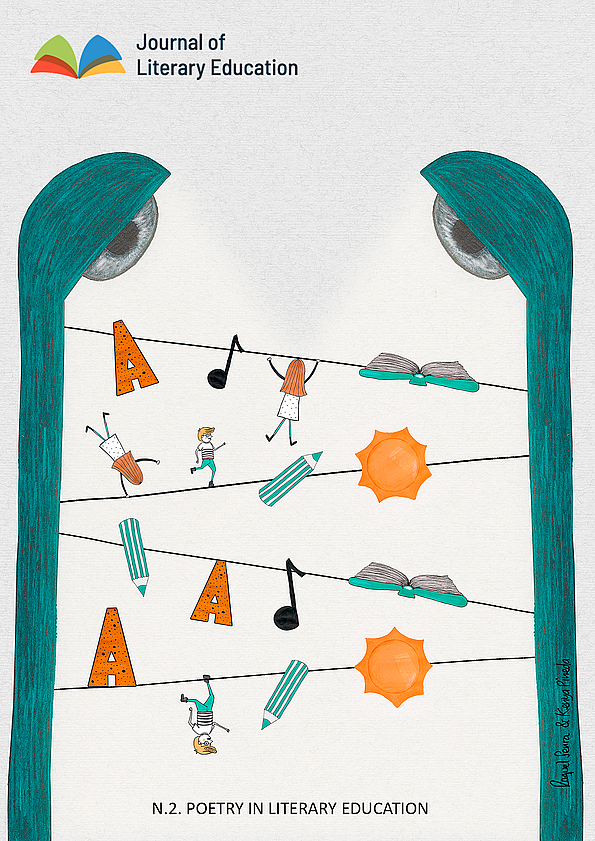Race and Nation in Ella McFadyen’s Pegmen Tales
DOI:
https://doi.org/10.7203/JLE.2.13767 Abstract
Abstract
In Ella McFadyen’s 1940’s Pegmen Tales the reader witnesses an Australian wishfulness read in the triumphant adventures of the small – of domestic objects brought to life through the imagination of children. In McFadyen’s highly didactic tales, clothes pegs stolen and deliberately misused come to embody an understated national ethos with biblical pretensions. The Peg family sail the world in their “Ark”, spreading antipodean wonder, cheer and ingenuity everywhere they go. The Pegs themselves – as home-made toys – represent the imaginative ingenuity of Australian children. These are toys any child could make, and so may be read as a social leveller. The dream bringing them to life is that of decent, healthy children and the Pegs (as post-war family, sans father, strive to set themselves and the world good standards).
Every anthropomorphism is deservedly read as comment on the human race or some department or aspect of it, and in this case it is Australian class, race and national pretensions which are promoted through the vehicle of mainly exemplary characters who, in their travels – for the sake of plot – negotiate a series of mildly ethical crises, and always come out smiling.
This paper proceeds by considering the issues raised above in relation a small number of episodes from the tales: these dealing with the invasion of rogue mice, the creation of the Pegmen, with Pongo (from the Congo) and the Australian Aborigines, with the Peg’s expedition to Antarctica and with the metamorphosis of swagmen into grey kangaroos.
Race and Nation in Ella McFadyen’s Pegmen Tales
<w:LsdException Locked="false" Prio
 Downloads
Downloads
Downloads
Published
-
Abstract1268
-
PDF308
Issue
Section
License
![]()
This work is licensed under a Creative Commons Attribution-NonCommercial-NoDerivatives 4.0 International License.
Authors who publish with this journal agree to the following terms: Authors retain copyright and grant the journal right of first publication with the work simultaneously licensed under a Creative Commons Attribution License that allows others to share the work with an acknowledgement of the work's authorship and initial publication in this journal. Authors are able to enter into separate, additional contractual arrangements for the non-exclusive distribution of the journal's published version of the work (e.g., post it to an institutional repository or publish it in a book), with an acknowledgement of its initial publication in this journal. Authors are permitted and encouraged to post their work online (e.g., in institutional repositories or on their website) prior to and during the submission process, as it can lead to productive exchanges, as well as earlier and greater citation of published work (See The Effect of Open Access).



